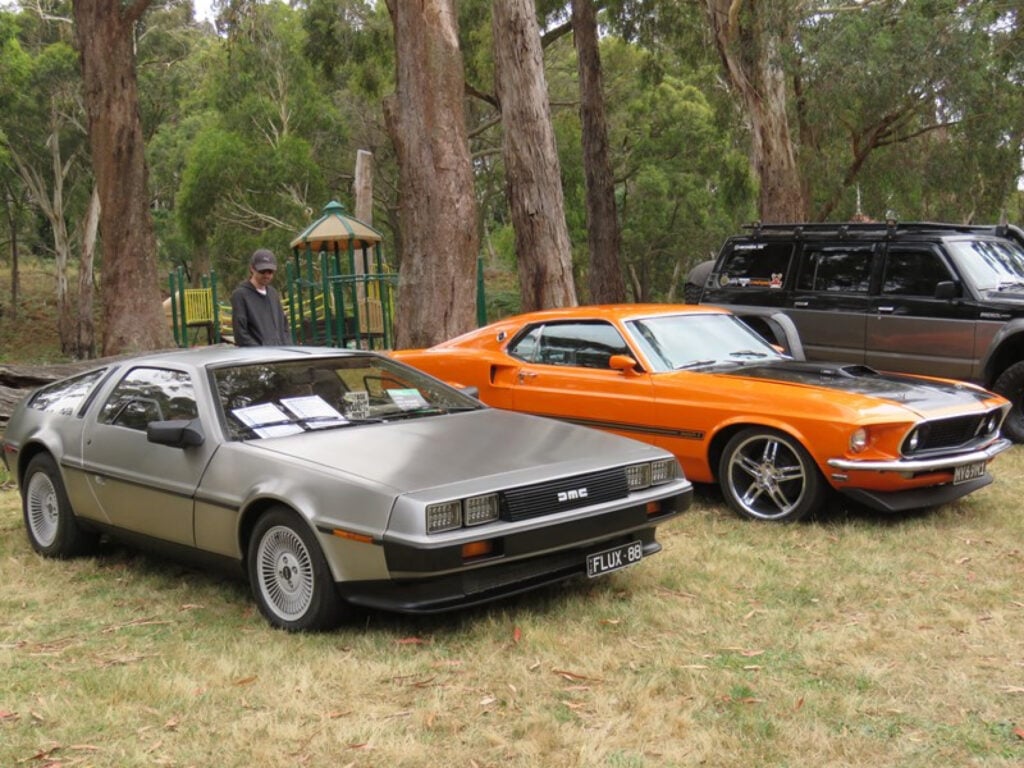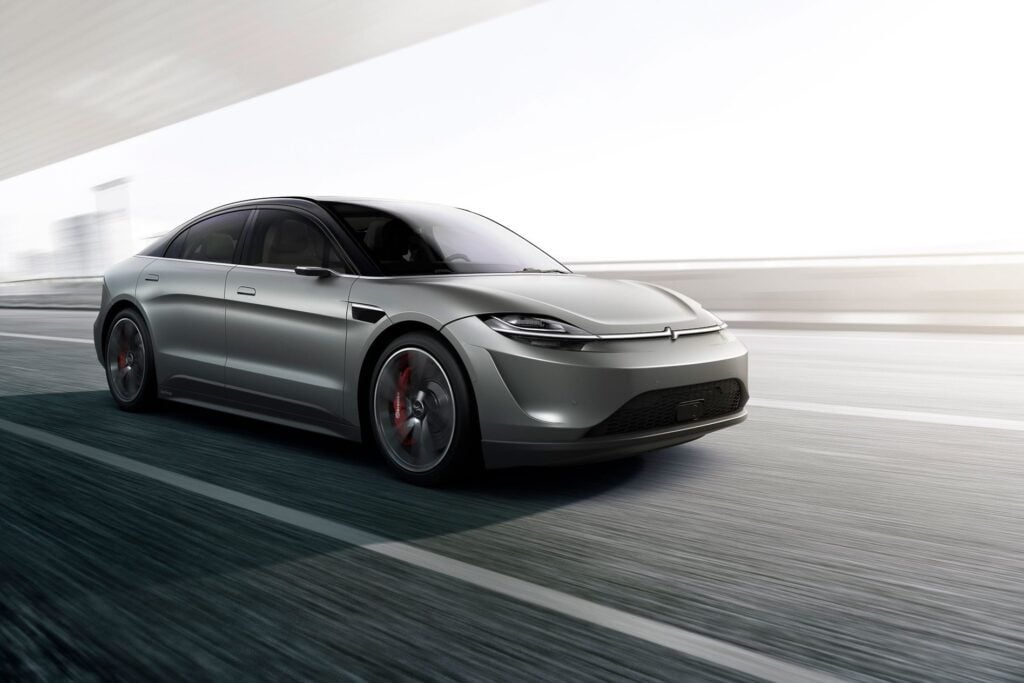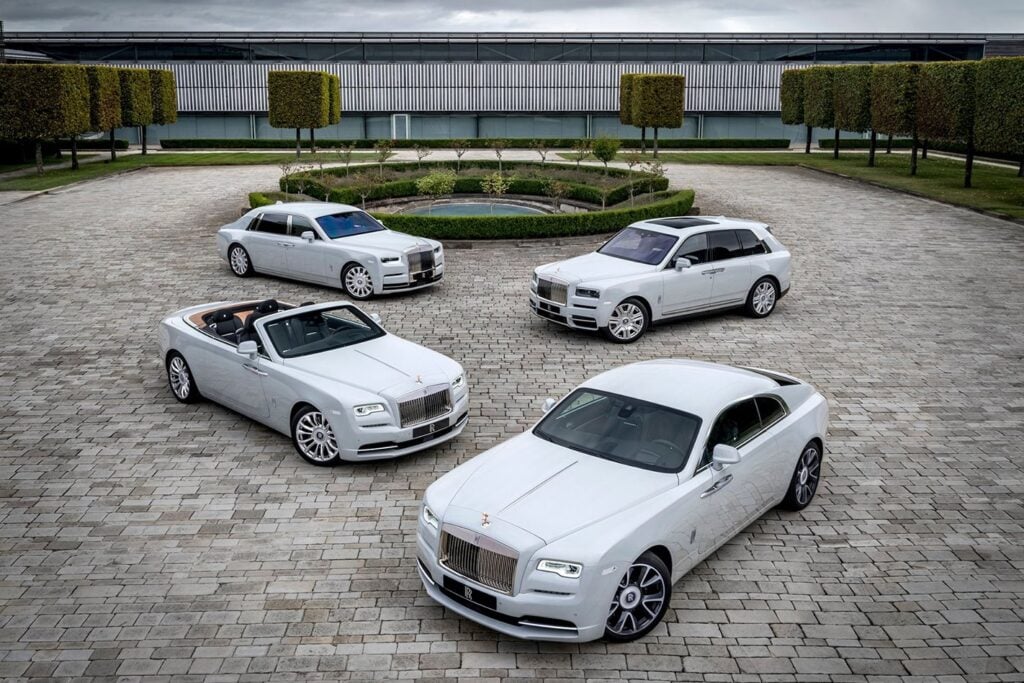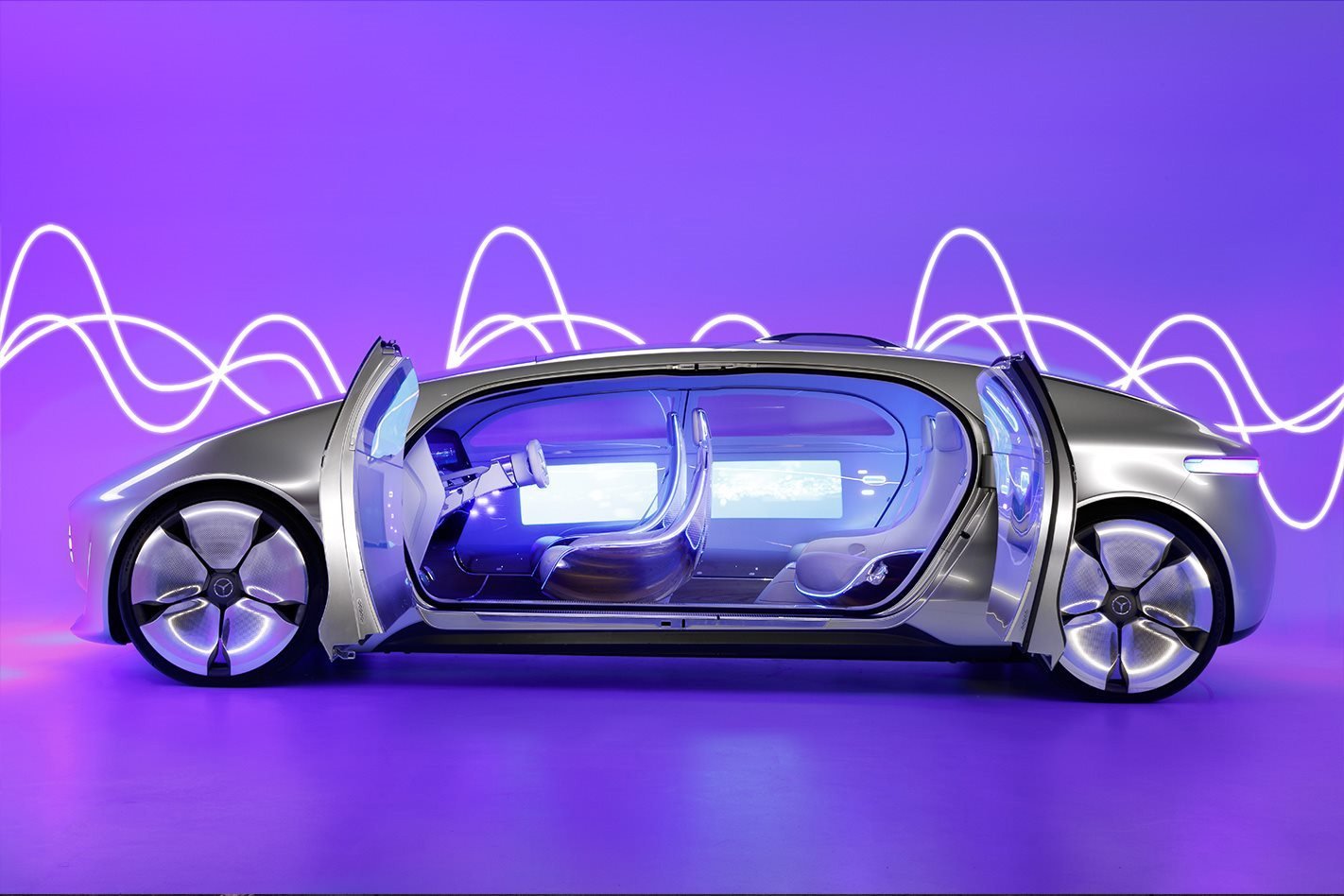
The automotive world is in the midst of a massive transition right now, one that will see powertrains shift gradually away from combustion and toward electrification while advanced driver-assist tech will slowly reduce the need for a person to actually be in control.
Both of these things will have a profound effect on the shape and configuration of car interiors, the former because the greater packaging flexibility of compact electric drivetrains allows more space to be allocated to passengers, and the later because a driverless car means traditional in-car furniture like steering wheels and pedals will become optional.
But what’s really around the corner? We took a look at some of the more recent concept car interiors to see what’s coming in the world of cabins.
Mercedes-Benz A-Class
Mercedes-Benz is set to debut its A-Class small car in the coming weeks before a local arrival later this year, and while it’s the entry point to Benz ownership (its cheapest model, in other words), its interior is intended to be anything but low-rent.
Besides a general lift in cabin design and improvements to material quality, the new A-Class will also be the first platform in the Benz product portfolio to use the company’s fresh MBUX infotainment system. Centred around a large, high-resolution central touchscreen – up to 10 inches across in the A-Class, and paired with another 10-inch display for the instrument panel in high-grade cars – the MBUX system is said to democratise functions previously only seen on high-end luxury metal like the S-Class.

And with slick graphics courtesy of more computer processing power, Mercedes reckons the younger demographics that typically buy the A-Class will appreciate its video-game style presentation and speed. Its reconfigurable layout is also designed to appeal by allowing drivers to personalise what information is shown to them, and how it’s displayed.
But visual presentation is just one of MBUX’s assets. Voice-activated controls are its other party trick – and one that Mercedes reckons is the real cornerstone of MBUX. It’s meant to interpret and respond to natural human speech rather than pre-ordained phrases – think of it as being more like an iPhone’s internet-enhanced Siri voice assistant, rather than the primitive voice controls in today’s cars.
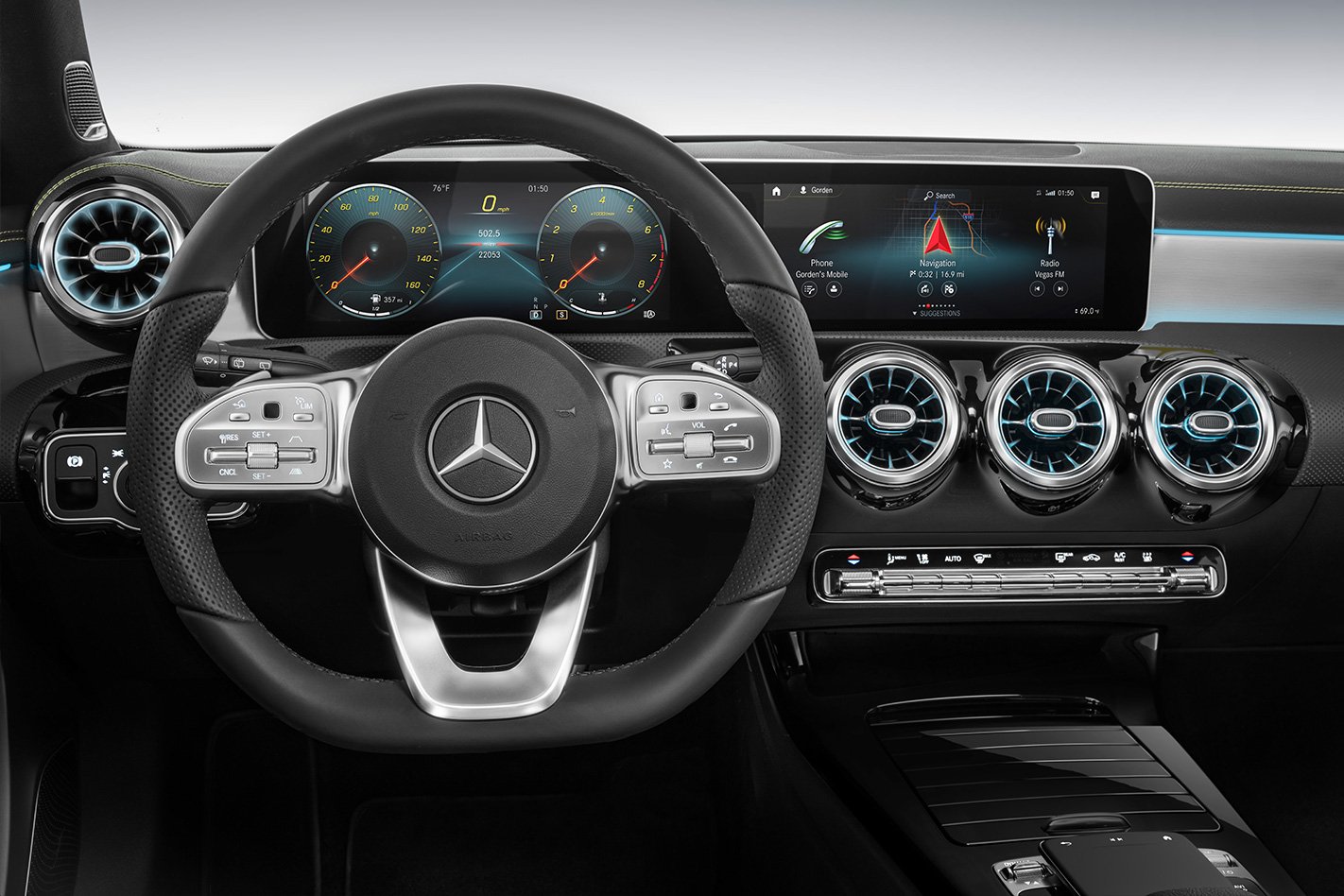
On top of that, MBUX is designed to evolve as it ages, with downloadable app modules expected to be added in future to give it new capabilities – especially in regards to web-connectivity.
However, while MBUX certainly looks like a huge leap forward for infotainment, the rest of the new A-Class’ interior will be fairly conventional. To see what’s further afield, we need to look at some more forward-looking concepts:
Harman Configurable Entertainment and 5G Digital Cockpit
Electronics company Harman doesn’t just make audio equipment anymore, and its stand at this year’s Consumer Electronics Show in Las Vegas was dominated by in-car connectivity concepts aplenty.
Owned by technology giant Samsung, Harman debuted a vehicle cabin concept that leans heavily on ultra-fast 5G mobile internet. 5G, it should be pointed out, has still yet to receive a widespread public roll out.
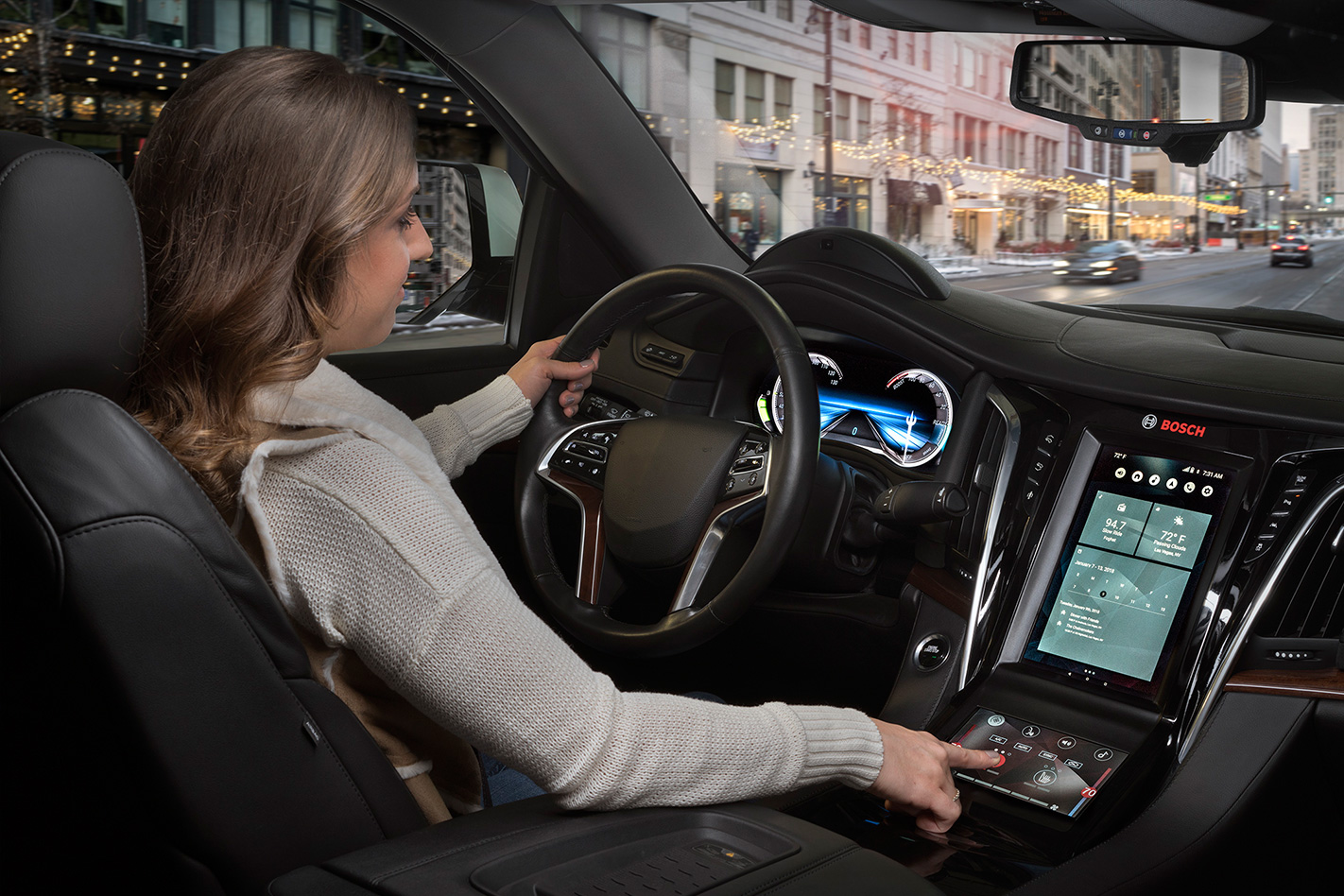
By being able to transmit and receive high volumes of data, Harman’s 5G tech is able to offer a user experience more akin to a desktop computer than what’s in modern cars today. Its Maserati-based tech demonstrator, with a massive high-res display stretching from door to door, illustrates just how much information Harman’s system can present to the occupants.
It can also transmit information via 5G, with the ability to interface directly with internet-enabled devices in your home, like a fridge, slow-cooker, climate control or security system, and interact with them remotely. No more stepping into a chilly home after a long day at work.
The potential for driver distraction seems huge, but other movements in the in-car tech space aim to reduce that risk. Read on.
Toyota, Nissan, Mini and others revolt against the steering wheel
Looking further into the future, more than a few manufacturers have predicted the demise of the steering wheel as autonomous technology improves in capability.
And when traditional driver controls disappear, new opportunities for cabin layout present themselves. Toyota’s E-Palette is a great example, being an eight-wheeled electrically-powered box with the ability to be configured as a mobile office, a lounge room on wheels, a minibus or as a delivery vehicle.
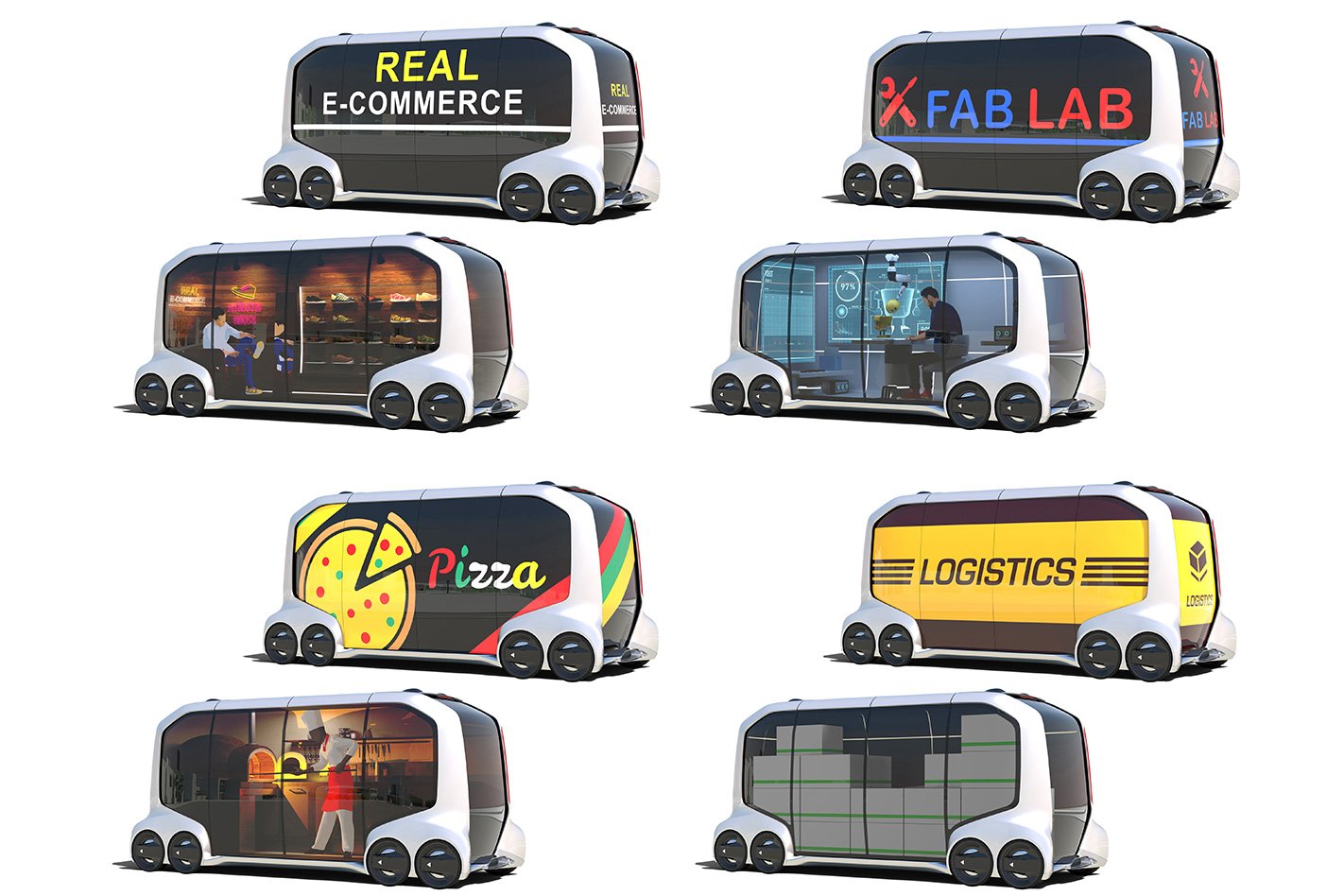
And then there’s the Mercedes-Benz F 015 concept (see top), a car that’s more singular in purpose – Mercedes wants you to load people into it, not parcels – but nevertheless has a steering wheel that electrically retracts into the dash when in autonomous mode, and seats that pivot around to face each other, lounge-style. Those seats are surrounded by screens, naturally, with high-res touchscreens built into not only the dash, but the doors as well.

